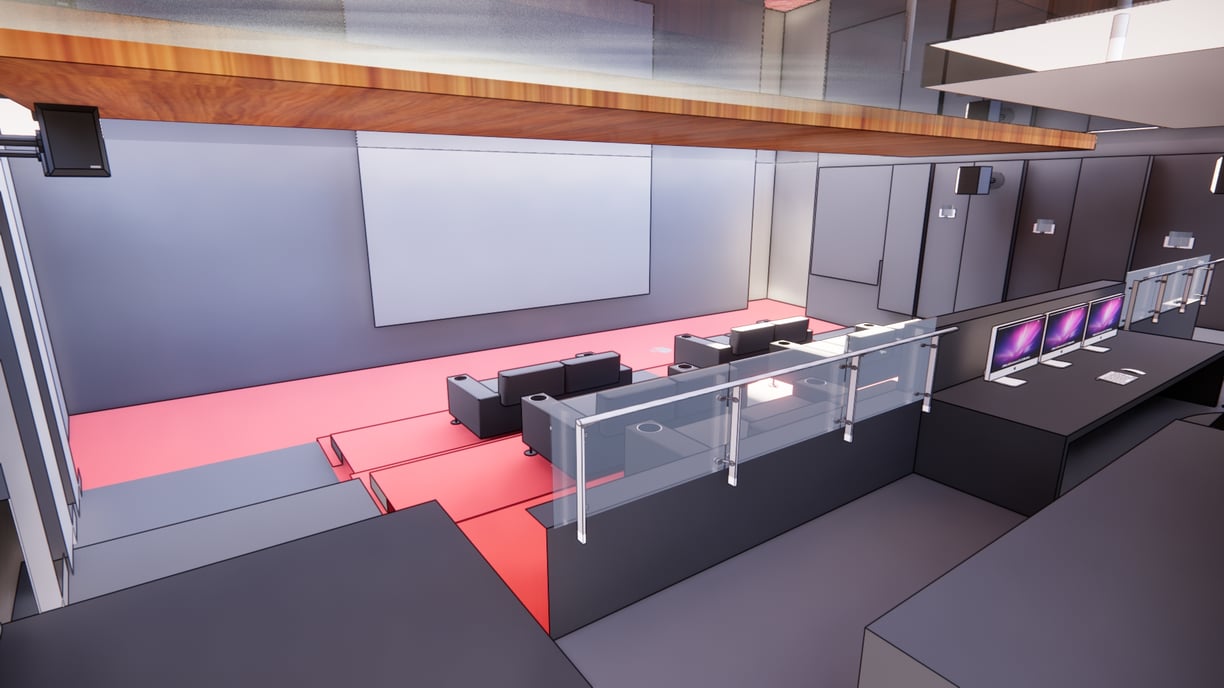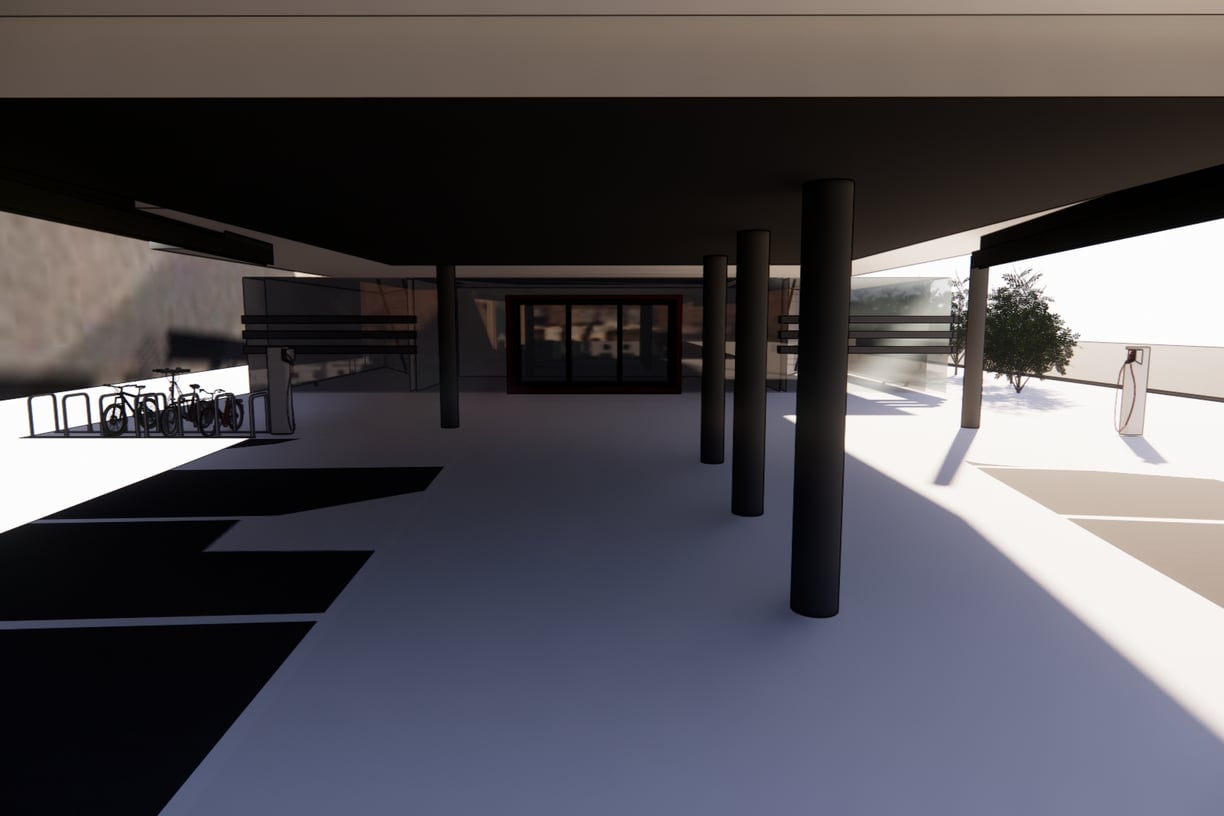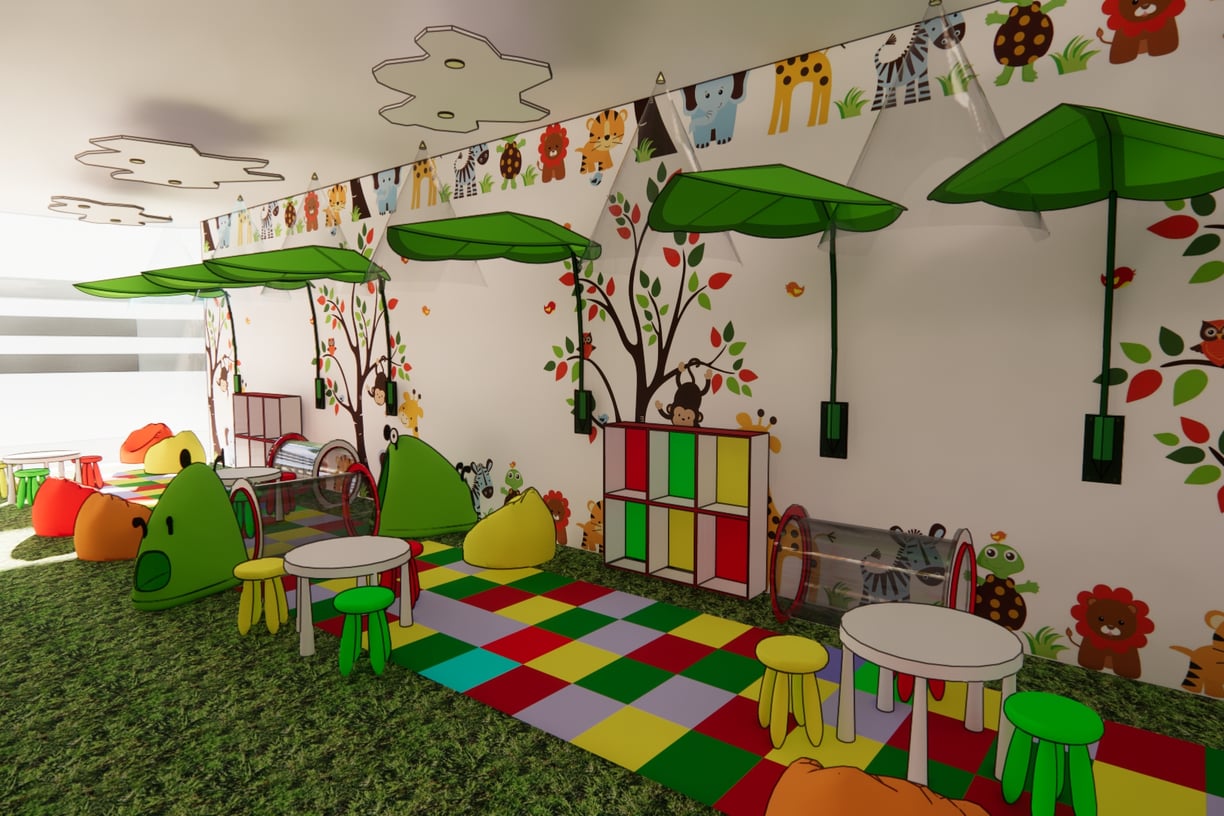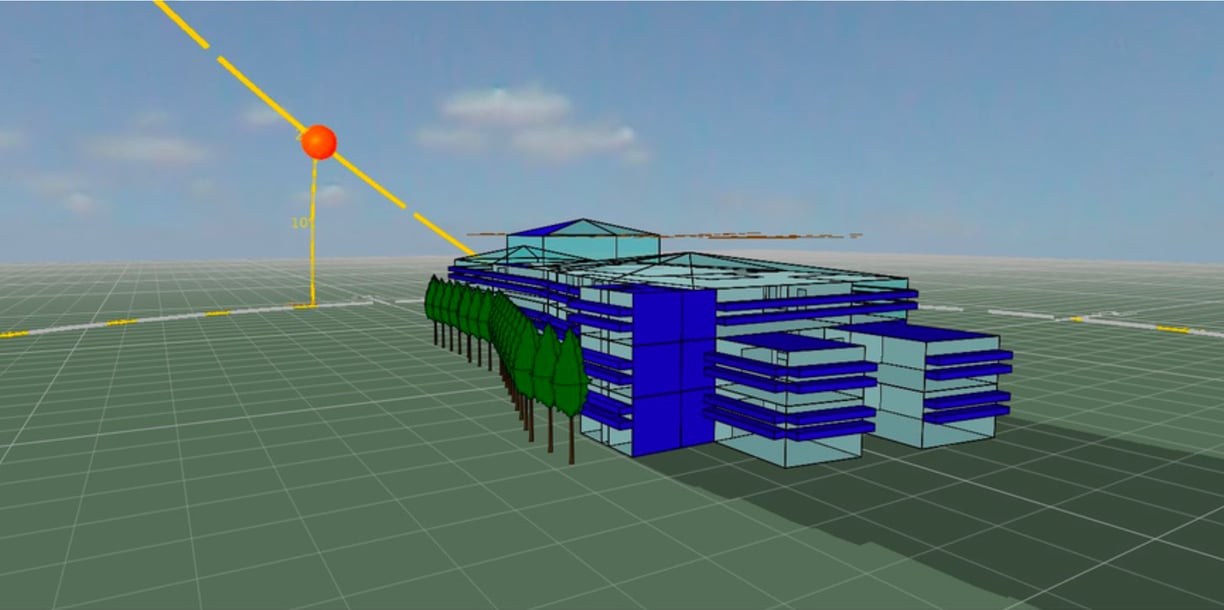Broadway Cinema Refurbishment Proposal
10/23/20242 min read
Introduction to Broadway Cinema Refurbishment
The Art Deco cinema, centrally located in the city with excellent public transport access and proximity to shops and services, presents a prime opportunity for redevelopment. The site benefits from ample sunlight and wind exposure, making it an ideal candidate for adaptation into a multi-functional community hub. This venue holds significant cultural value and could host live music, theatre performances, film screenings, and various events. Additionally, incorporating a café, bar, or restaurant, along with retail outlets, will enhance its appeal.
There is also potential to create office spaces for small businesses and startups, as well as a co-working environment equipped with meeting rooms and event space for hire. To ensure a comfortable and sustainable atmosphere, a displacement ventilation system will work in conjunction with natural ventilation to maintain a steady flow of fresh air and temperature control. This dual approach will minimize reliance on artificial lighting and heating, thereby reducing operational costs.
As load distribution changes within the space, the displacement system will adapt by utilizing buoyant forces to direct supply air toward concentrated loads, ensuring optimal air quality and thermal comfort. A heat pump will be installed in the underground plant room to facilitate both heating and cooling, further enhancing energy efficiency.
The cinema’s roof and southwest facade will be equipped with Glass/Glass photovoltaic (PV) modules, providing a total area of 1,114 square meters. These durable modules, which consist of PV cells laminated between two sheets of glass, are built to withstand fluctuating temperatures and have a lifespan of 30 to 40 years. High-density ROCKWOOL insulation boards will also be utilized for soundproofing, offering confirmed sound insulation of up to 52 dB.
The overall model of the cinema, measuring a total floor area of 4,384.5 square meters, has been analyzed using IEVES software to assess its energy consumption, emissions, and overall functionality. The initial evaluation was based on standard data and guidelines, while subsequent adjustments aimed to reduce emissions and consumption by leveraging renewable technologies and passive design strategies.








